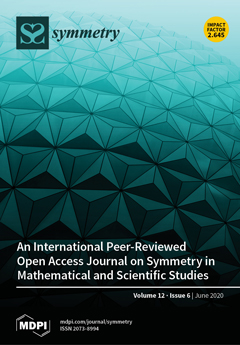The study aimed to determine the natural radioactivity levels of
226Ra,
232Th, and
40K by the Gamma-Ray spectrometry method, and radiological hazard parameters of the plutonic rocks in the Western and Central Sakarya Zone and to analyze the data using
[...] Read more.
The study aimed to determine the natural radioactivity levels of
226Ra,
232Th, and
40K by the Gamma-Ray spectrometry method, and radiological hazard parameters of the plutonic rocks in the Western and Central Sakarya Zone and to analyze the data using multivariate statistical methods. The average radiological values of samples were determined as
40K (1295.3 Bq kg
−1) >
232Th (132.1 Bq kg
−1) >
226Ra (119.7 Bq kg
−1). According to the skewness values of the distributions of the examined radionuclides,
226Ra (2.1) and
232Th (0.7) seemed to be positively right-skewed while
40K (−0.2) had a negatively right-skewed histogram. On the other hand, the following kurtosis values were calculated for the distributions:
226Ra (5.8 > 3),
232Th (−0.7), and
40K (−0.8). Kolmogorov–Smirnov and Shapiro–Wilk tests were applied to the data to test their normality. Therefore, Spearman’s correlation coefficient method was performed. The radionuclides of
226Ra and
232Th were found to have a positive correlation with radiological hazard parameters of the samples. 2 (two)-related factors identified, and the cumulative value was calculated to be 98.7% on the basis of the Scree Plot. According to the hierarchical cluster analysis, the samples that are grouped with those from Camlik region are prominent. The average radioactivity values of Camlik, Sogukpinar, Karacabey, and Sogut (except for
232Th) regions were detected to be higher than the world averages while the value of
40K was also found to be higher than the average values of various countries in the world.
Full article





